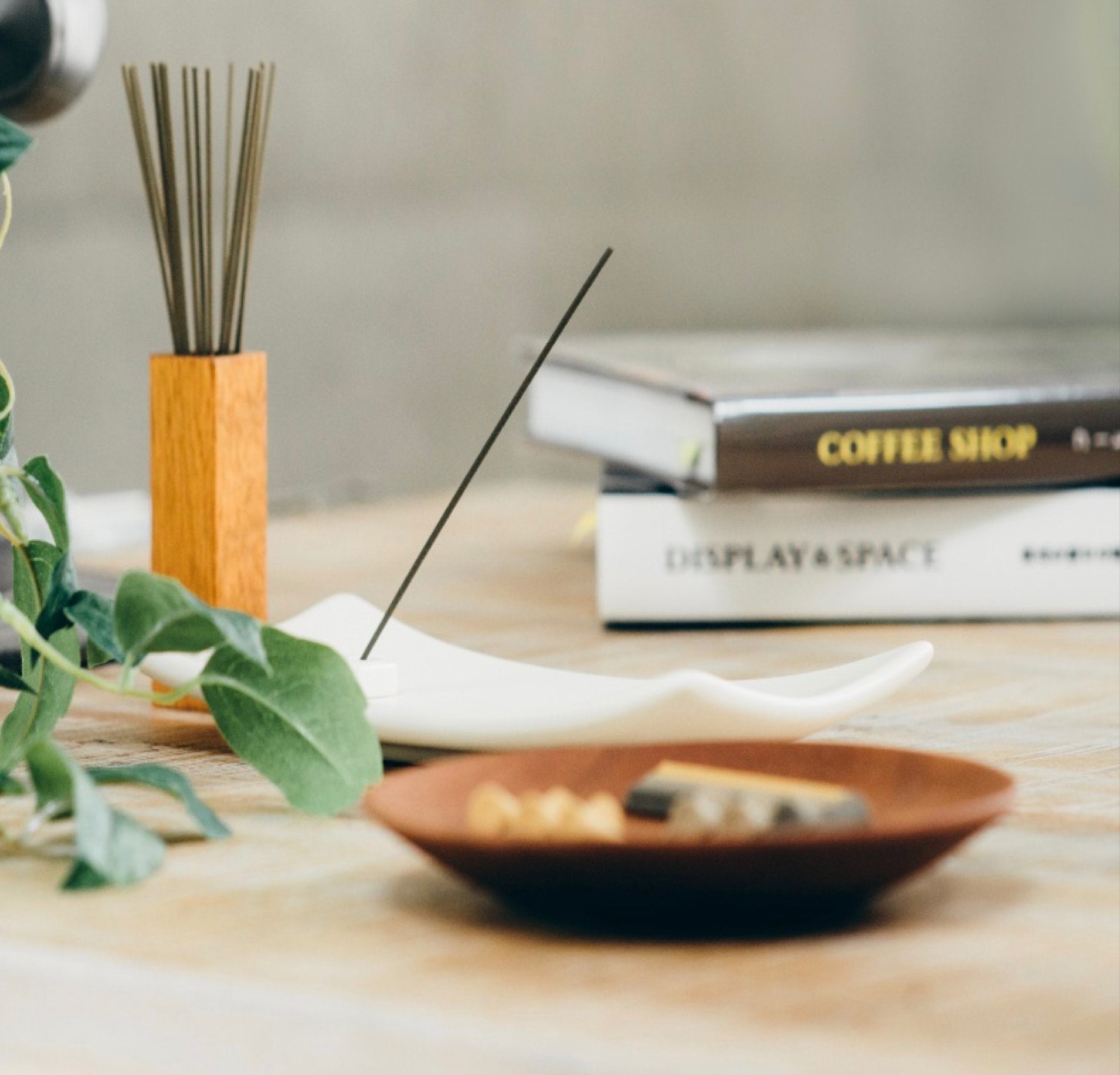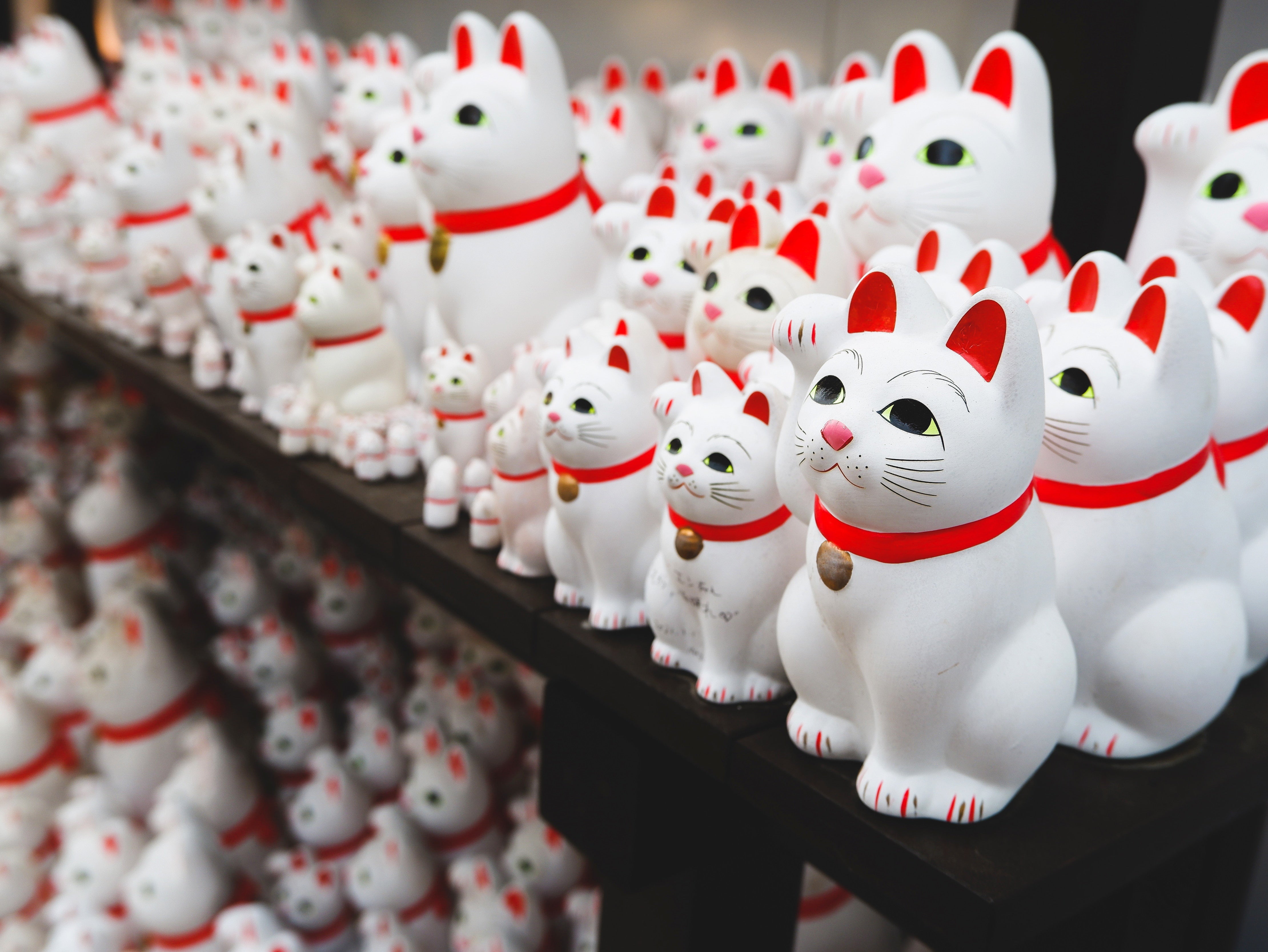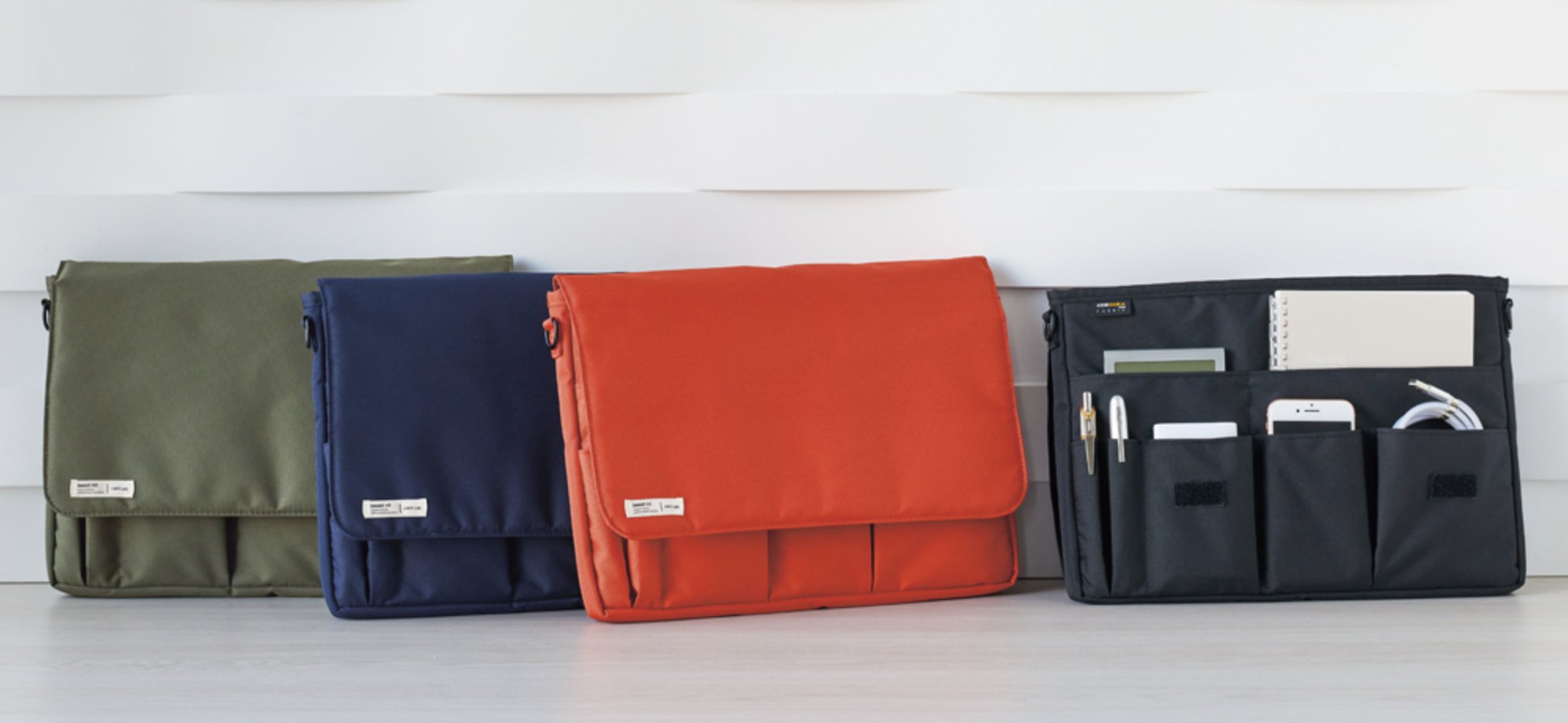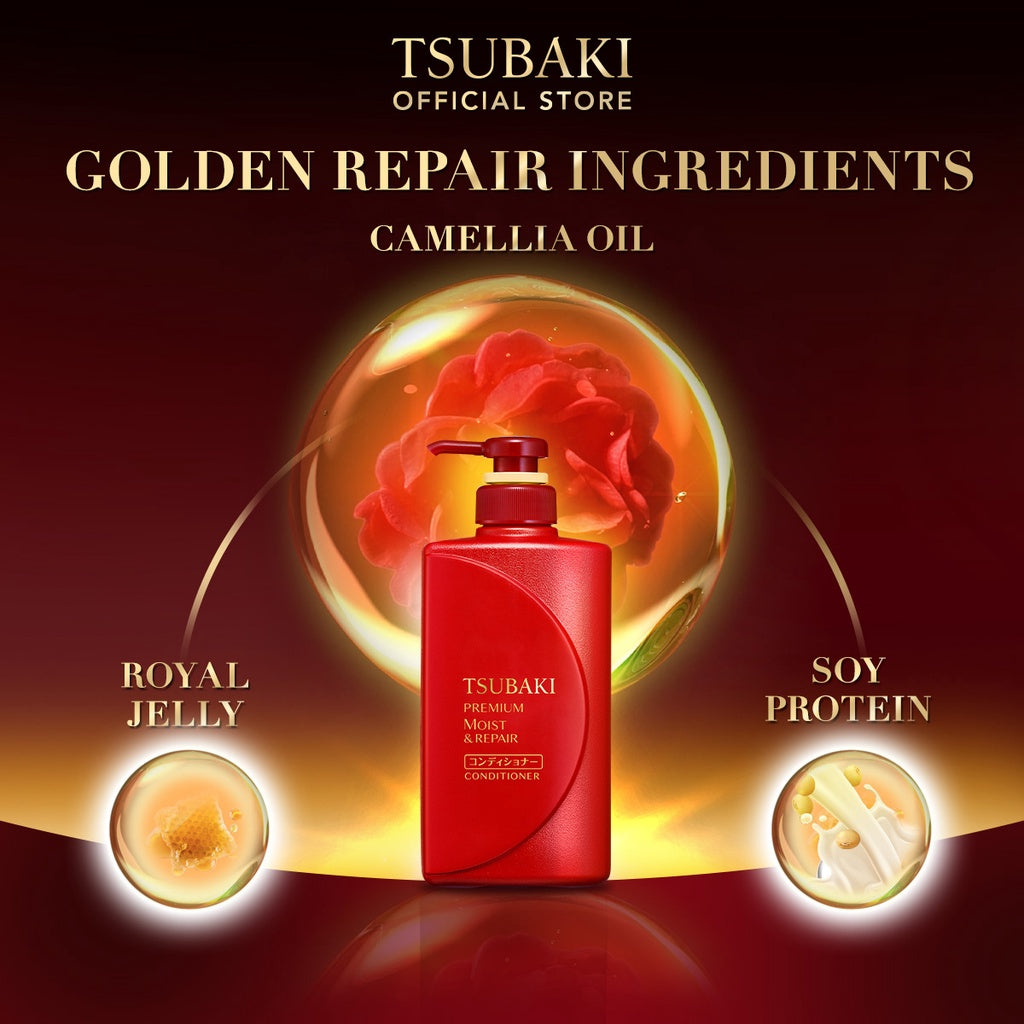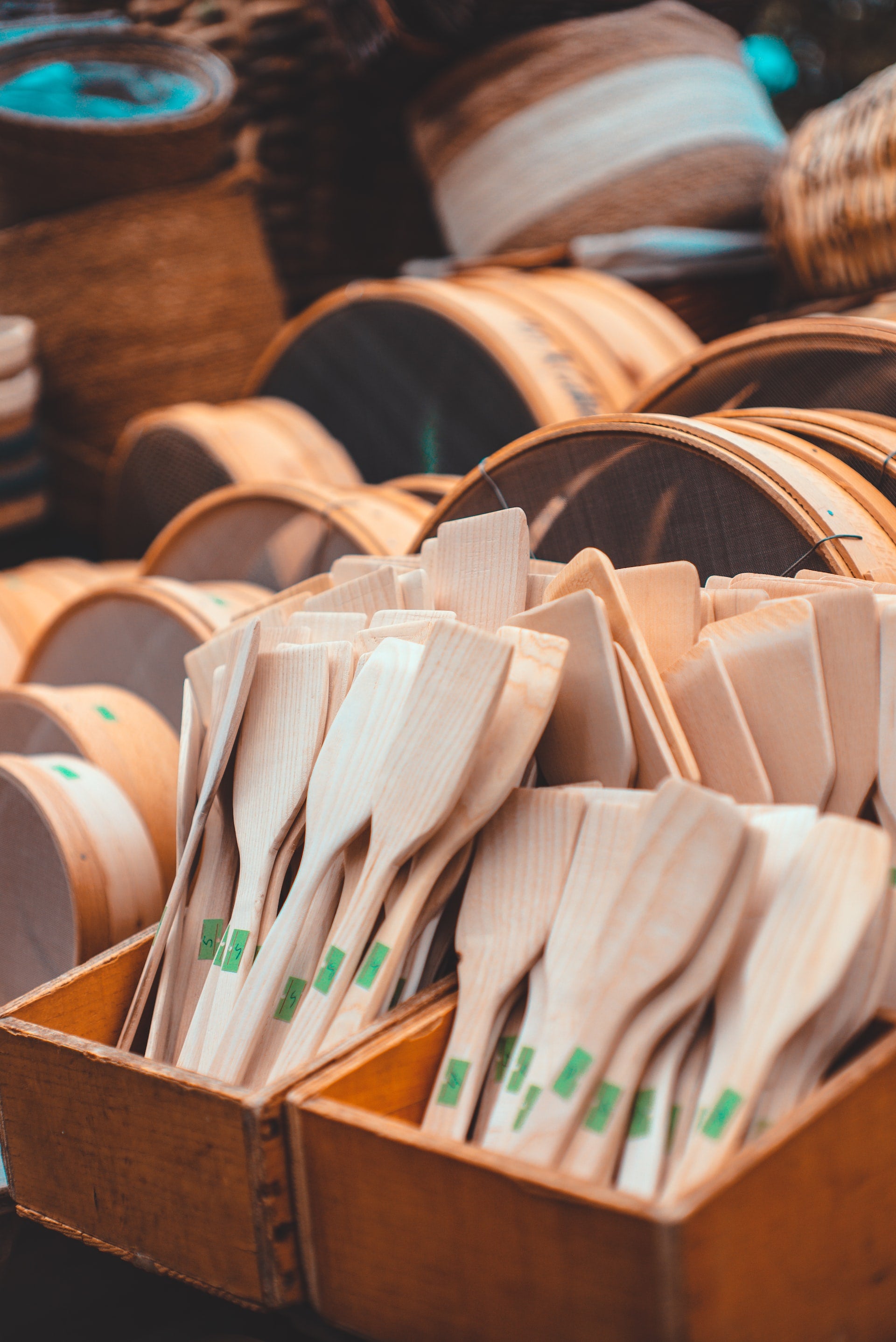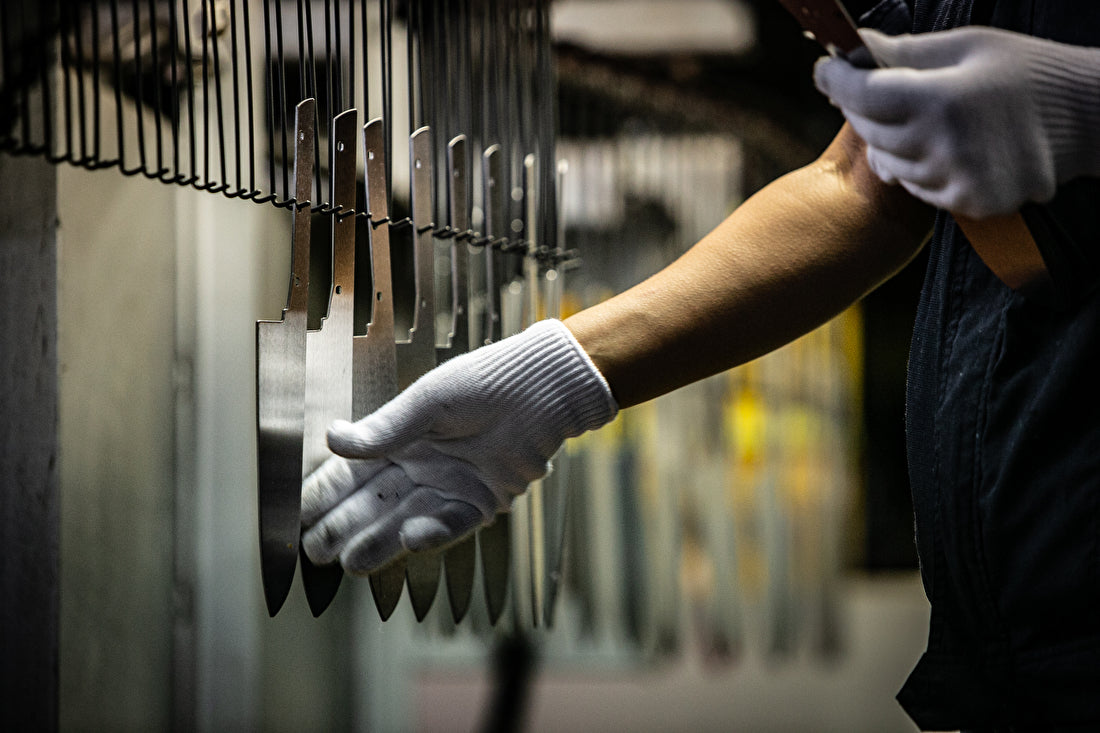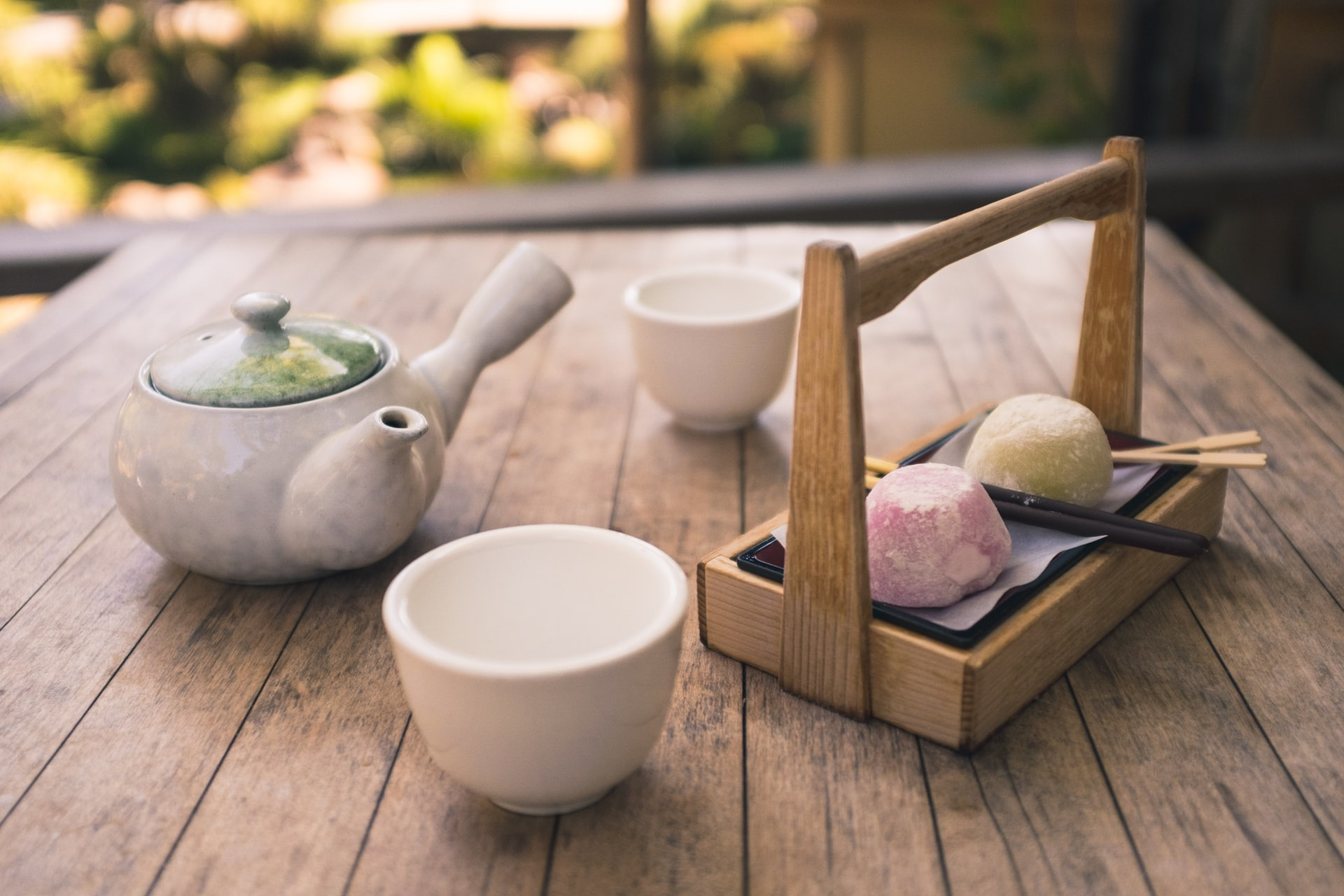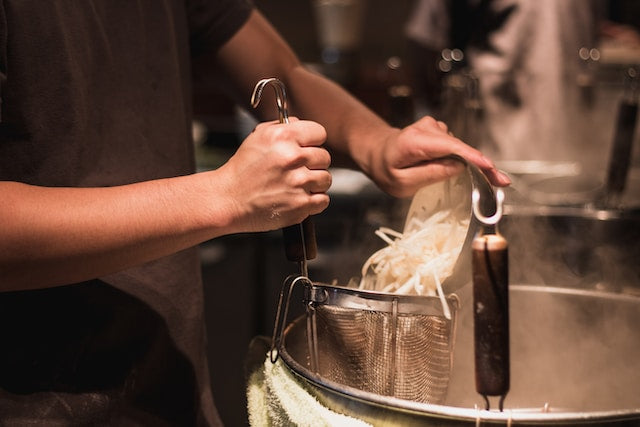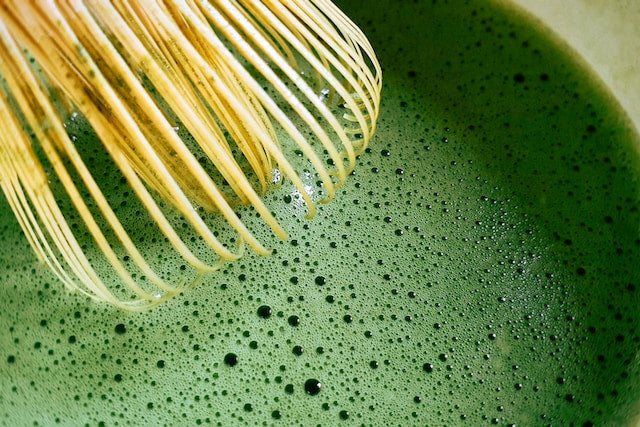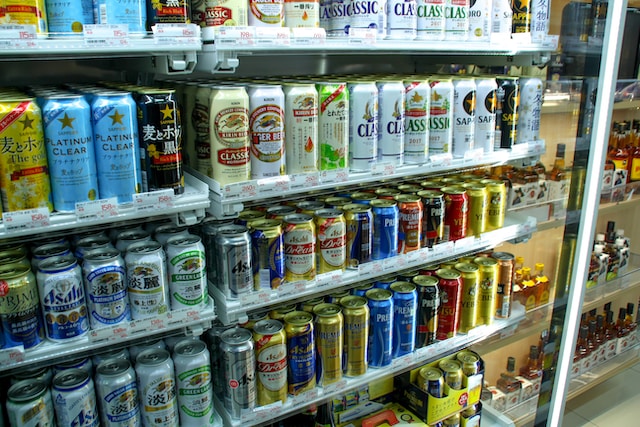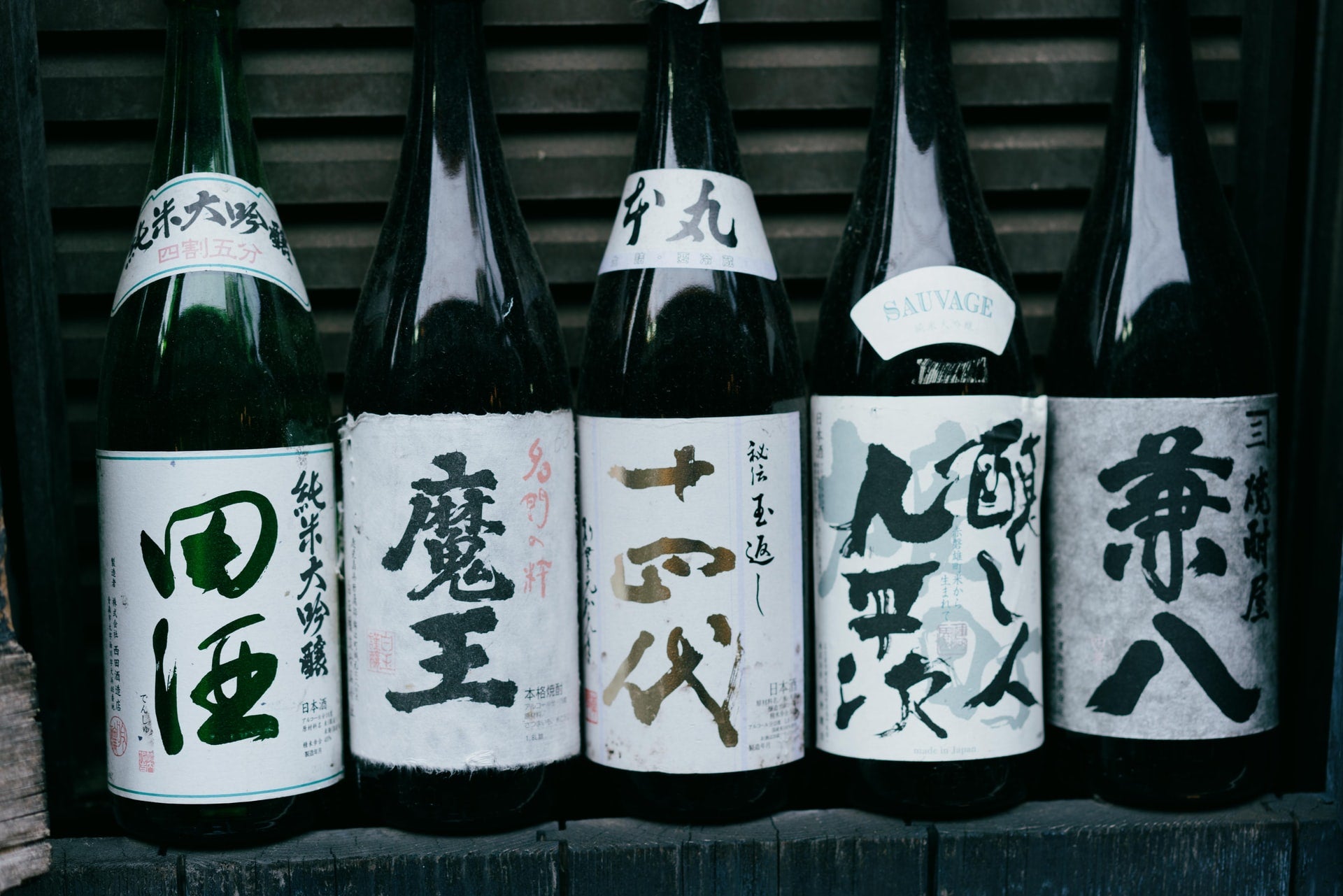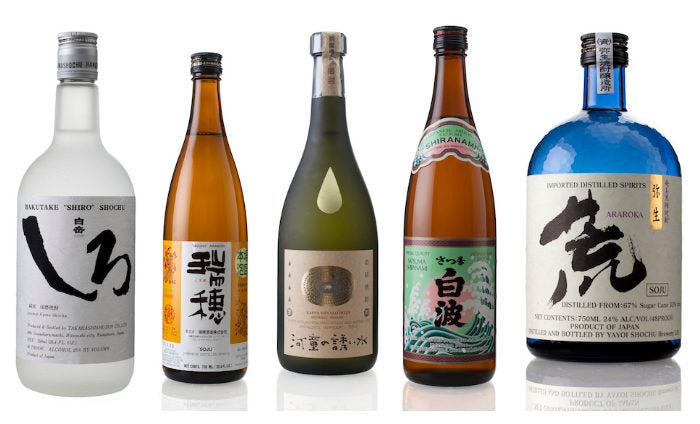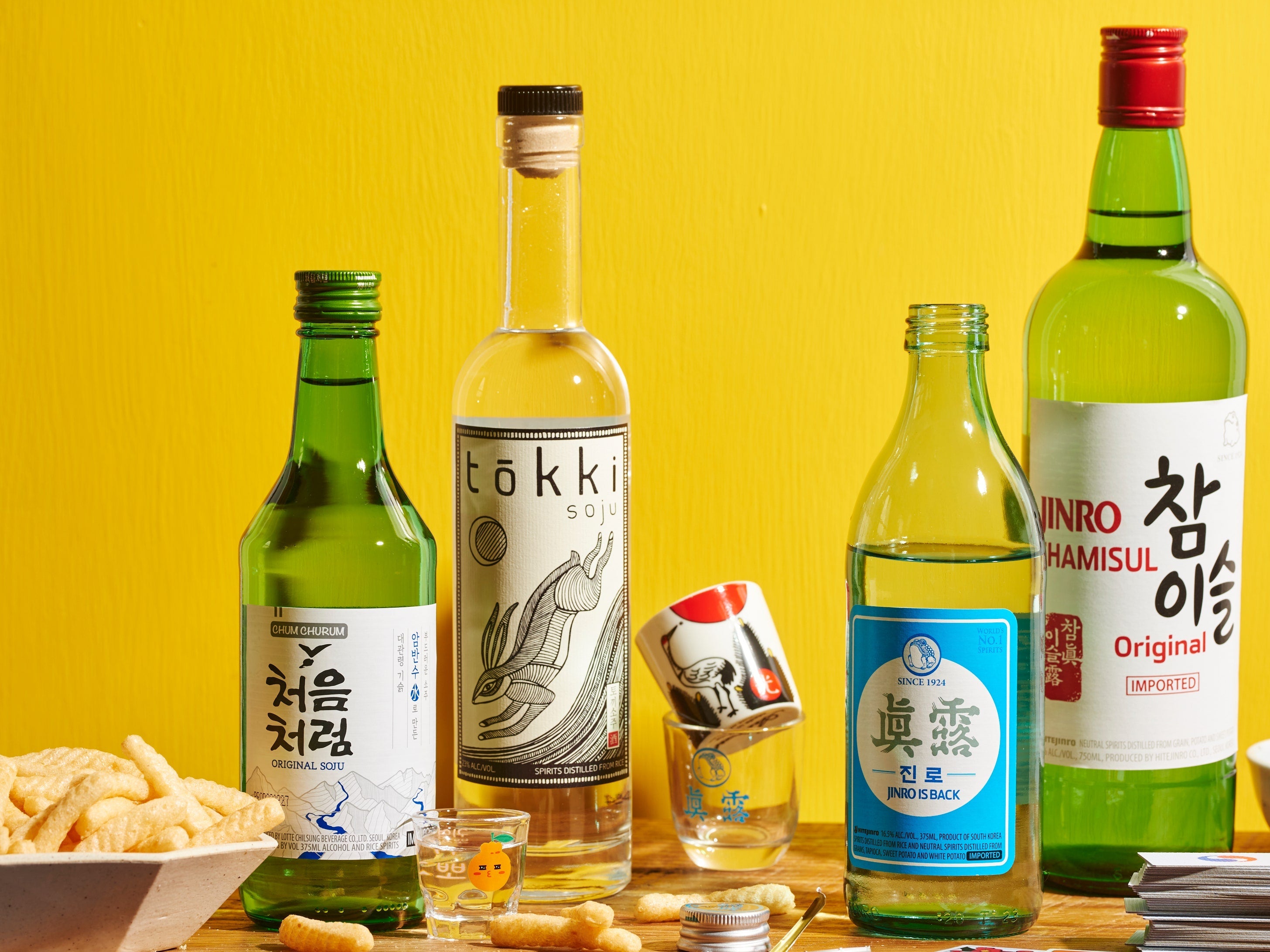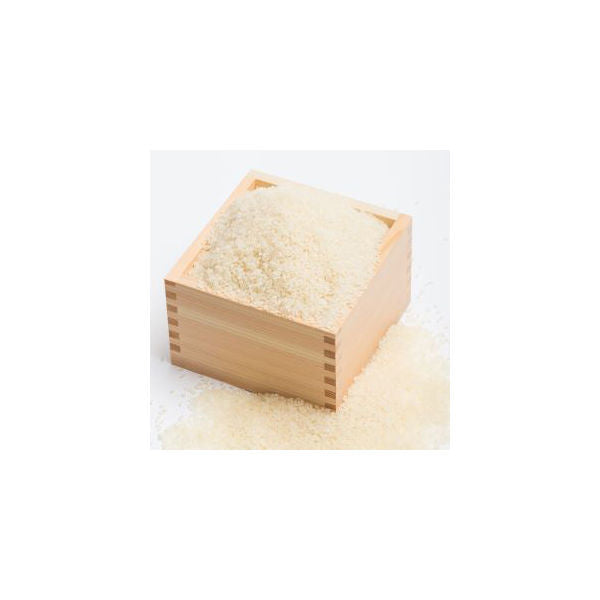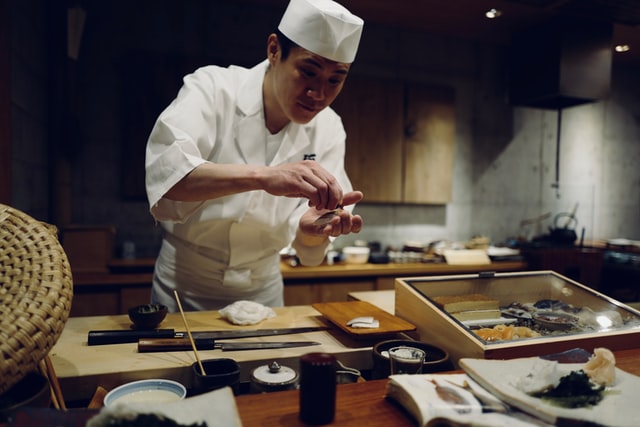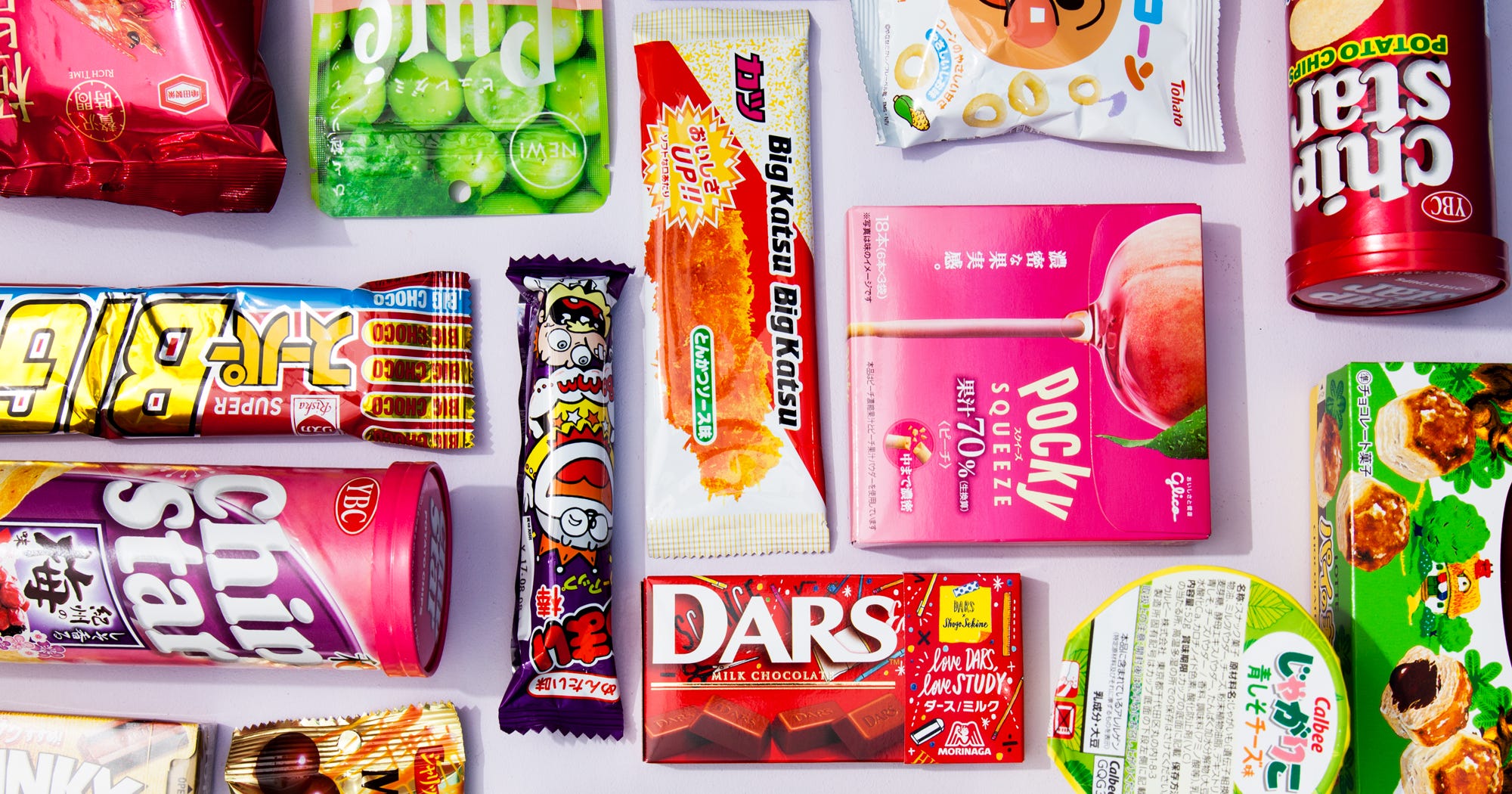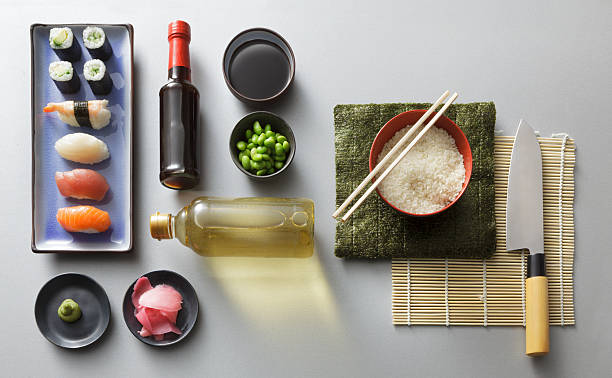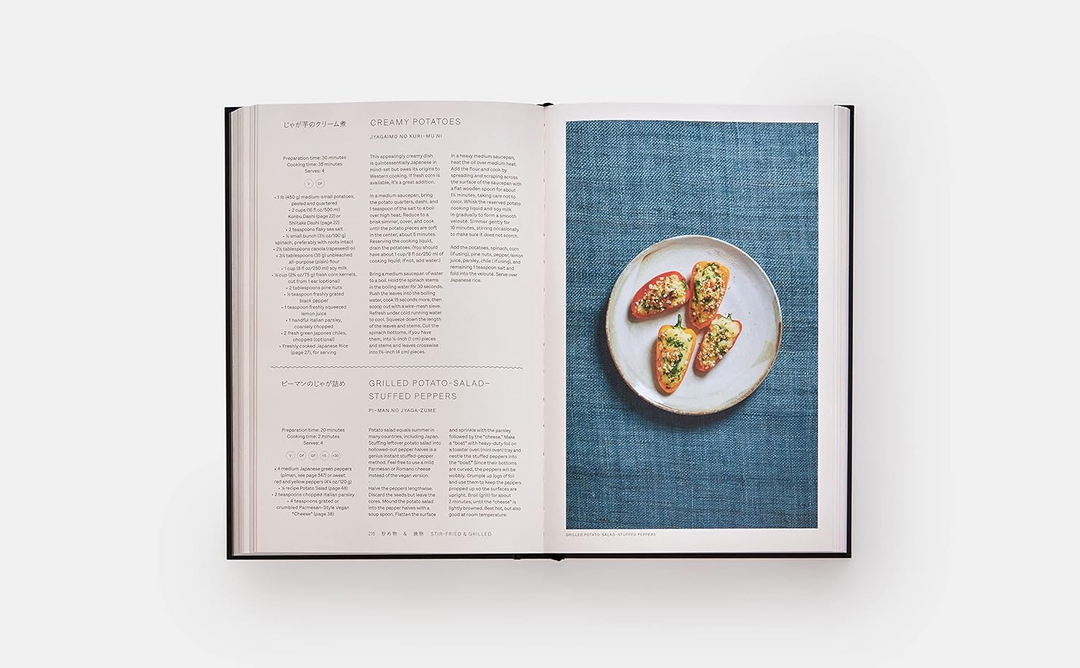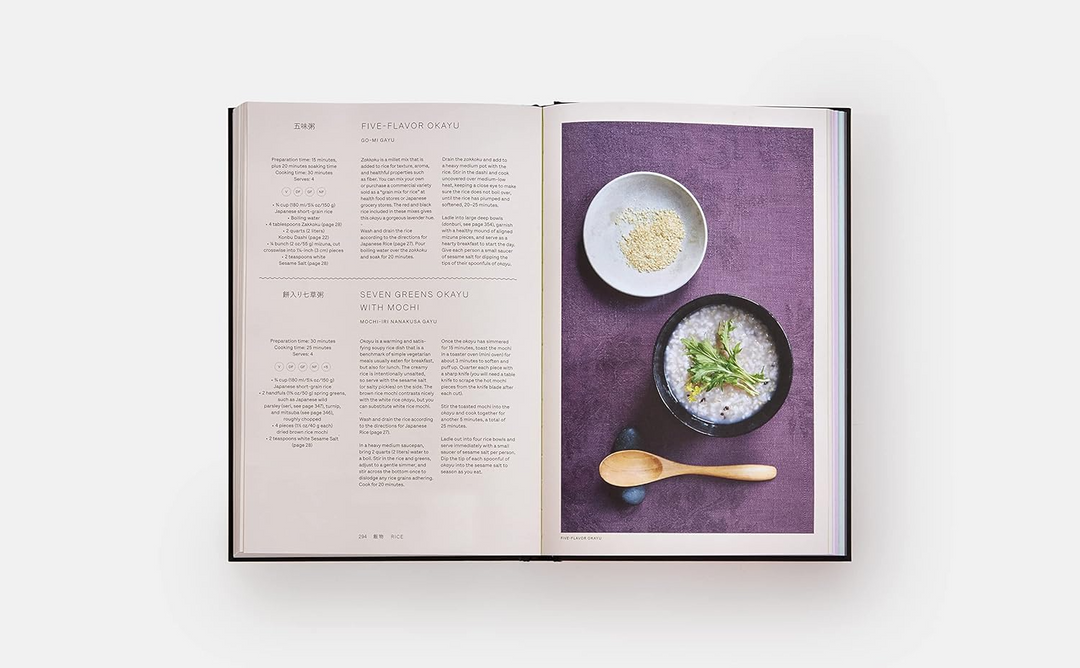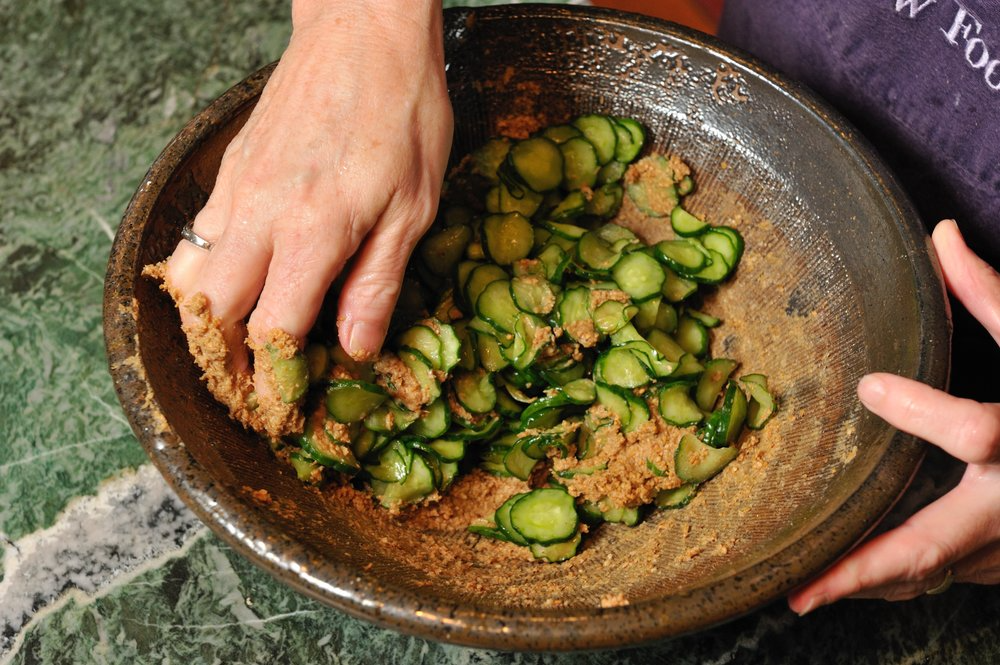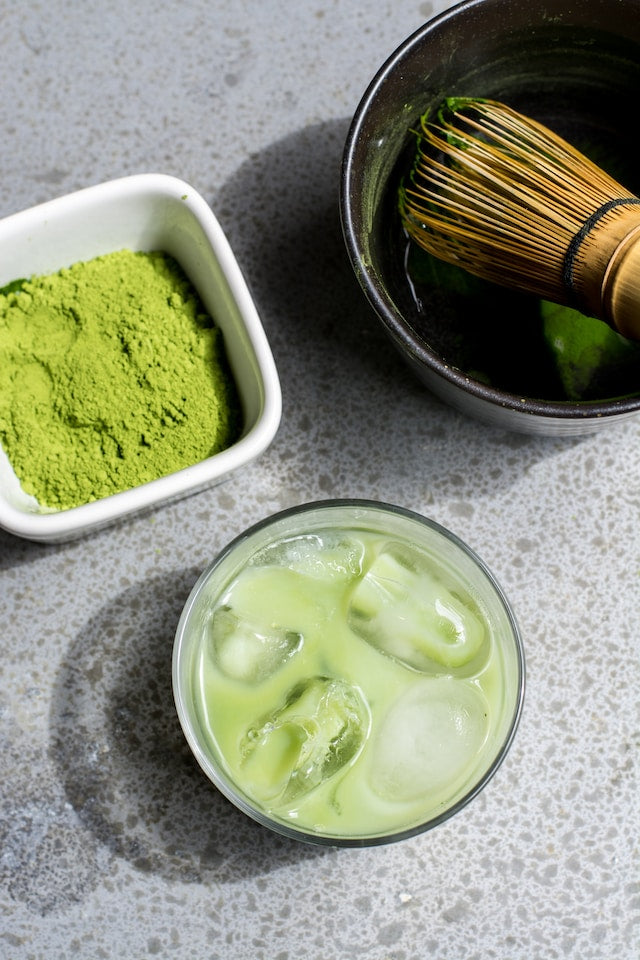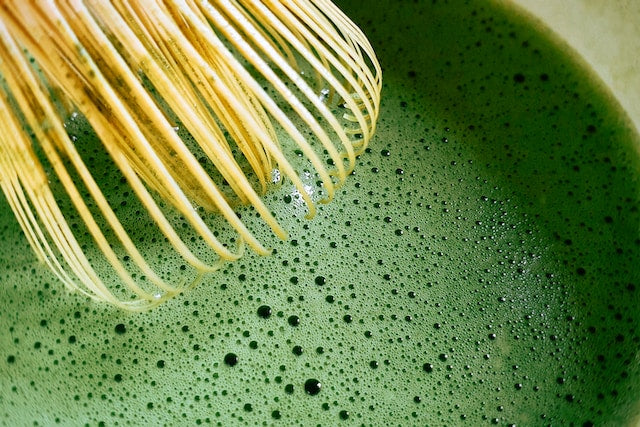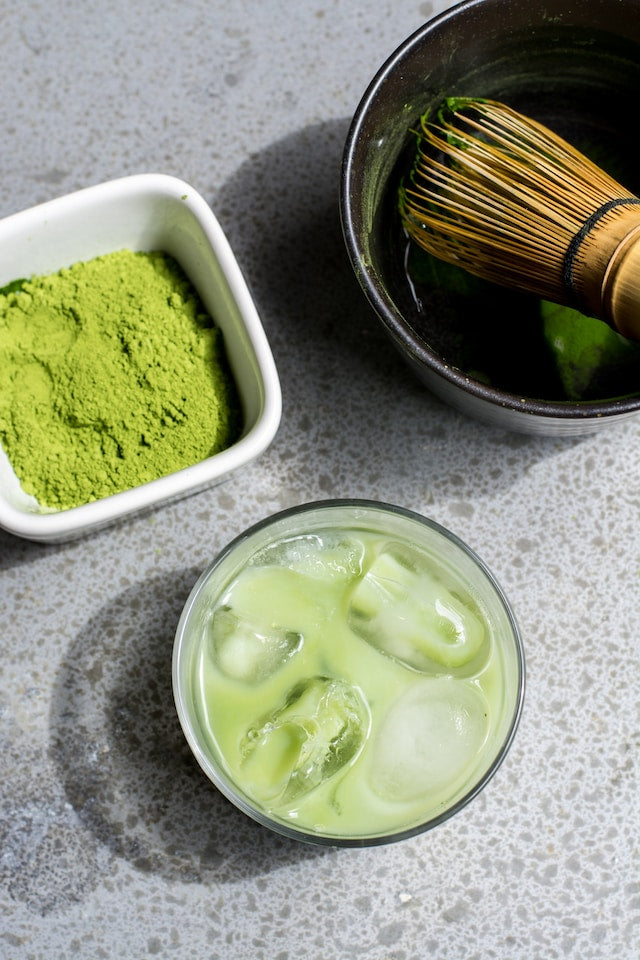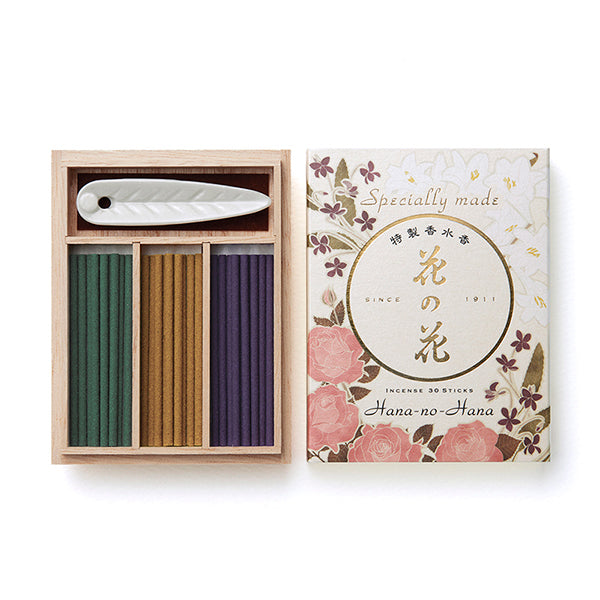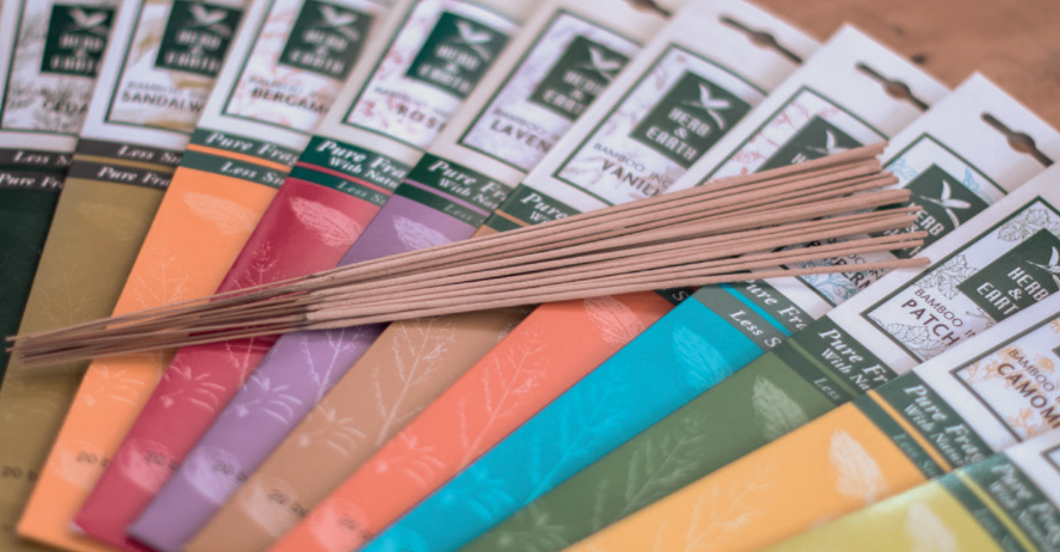Kannoko Light shochu 600ml
- Free insurance worldwide shipping
- Low stock - 2 items left
- Backordered, shipping soon
Kannoko Light shochu 600ml
Japan Satsuma Shuzo
Most popular Japanese high class drink.
What is Shochu?
Shochu is a Japanese traditional hard liquor, distilled spirits made from grains and vegetables. The most common base ingredients are sweet potato, barley, rice, buckwheat and sugar cane.
How is Shochu different from Nihonshu (Sake) ?
"Sake" is a general term for alcohol beverages in Japan. However Nihonshu (Seishu) is commonly referred as "Sake" in America.
Nihonshu and Shochu are both traditional Japanese alcoholic beverages, but there are some important differences between them as follows.
1) Manufacturing Process

Shochu is distilled liquor, similar to brandy and vodka. However Nihonshu is categorized as fermented liquor putting it in the same category as wine.
Grapes are both fermented to make wine and distilled to make brandy. In Japan, rice can be fermented to make Nihonshu, or distilled to make rice Shochu. Before Nihonshu became famous in west, it sometimes used to be referred to as "rice wine" in acknowledgement of the resemblances between wine making and Nihonshu making.
2) Alcohol content
Wine, as a fermented beverage, has a lower alcohol content than distilled liquors. Similarly, Nihonshu, as a fermented beverage, has a lower average alcohol content (13% to 16%) than does Shochu. As a distilled beverage, Shochu has an average alcohol content of 25% to 37%. Because of its higher alcohol content, Shochu can be enjoyed in variety of ways.
3) The main ingredients
Nihonshuʼs main ingredient is only rice. Shochu, however, can be made from a number of base ingredients, examples of which include Imo (Japanese sweet potato), barley, rice, buckwheat, and sugar cane. Because each of these base ingredients brings its own unique flavor to the final product, Honkaku Shochu comes in a wide variety of flavors and overtones. This variety in flavor is behind much of the popularity of Honkaku Shochu in Japan.
4) Serving Style

Nihonshu is usually enjoyed warmed or chilled but Shochu is enjoyed in more variety of ways. Because of Shochu's higher alcohol content, it can be served straight, on the rocks, mixed with soda or water of different temperatures and also used as a cocktail base.
Additionally, Shochuʼs alcohol level can be changed by adding different amount of water. So you can enjoy Shochu with different ways depending on your body condition, atmosphere and the circumstances around you. Connoisseurs take advantage of the different serving temperatures and styles to accentuate the particular Shochuʼs taste.
For example, in Kagoshima, the home of Imo (sweet potato) Shochu, it is common to enjoy Imo Shochu with hot water at a 60:40 ratio. This serving style enhances the natural sweetness and aroma of the sweet potato (Satsuma Imo). Because Shochu matches with wide varieties of foods, it is enjoyed with meals, before meals, and after meals in Japan.
5) Storage Requirements

Many of premium Nihonshu need to be kept under refrigeration to maintain its good quality. After the bottle is opened, it is recommended to finish the Nihonshu within about three weeks. Shochu doesnʼt require this level of care because of its distillation process. As long as Shochu is kept in cool area, away from direct sunlight, the quality will not degrade over time.
Because of these Shochuʼs advantages and characteristics are so valued by people of today, Shochu has become increasingly popular and it has been outselling Nihonshu since 2003 in Japan.
Q & A
Q. Does Shochu have health benefits?
A. Red wine has recently been shown to be associated with health benefits because of the presence of enzymes thought to be effective in preventing arterial blockages. Imo Shochu too has the similar enzyme that has same effect and according to a Japanese university professorʼs research, it is proved that the effectiveness of this enzyme in Imo Shochu is about 1.5 times that of red wine.
Q. Does Shochu cause fewer hangovers?
A. In Japan, Shochu is thought to cause fewer hangover symptoms compared with other liquors. There is no scientific proof of that consuming Shochu causes fewer hangovers. However Shochu contains less "acetaldehyde" compared with beer and Nihonshu so this may be the reason behind it. Acetaldehyde is thought to be a trigger of hangovers, and hangover headaches. Also, in comparison with wine, Shochu does not contain sulfites, which are also thought to contribute to headaches. Sulfite naturally occurs in wine making process, and it is also added, as a preservative, to wine. Both the absence of sulfites and less acetaldehyde, and the overall purity of Shochu as a distilled beverage are thought to contribute to making Shochu less likely to cause hangover symptoms.
Ingredients: barley, malted barley, alcohol of 20% Vol.
Nutritional value (per 100ml): Energy 460kJ / 110kcal, 0g Fat, Carbohydrates 0g, Protein 0g, 0g salt.
Keep in cool and dark.
Content: 600ml.
Use collapsible tabs for more detailed information that will help customers make a purchasing decision.
Ex: Shipping and return policies, size guides, and other common questions.


